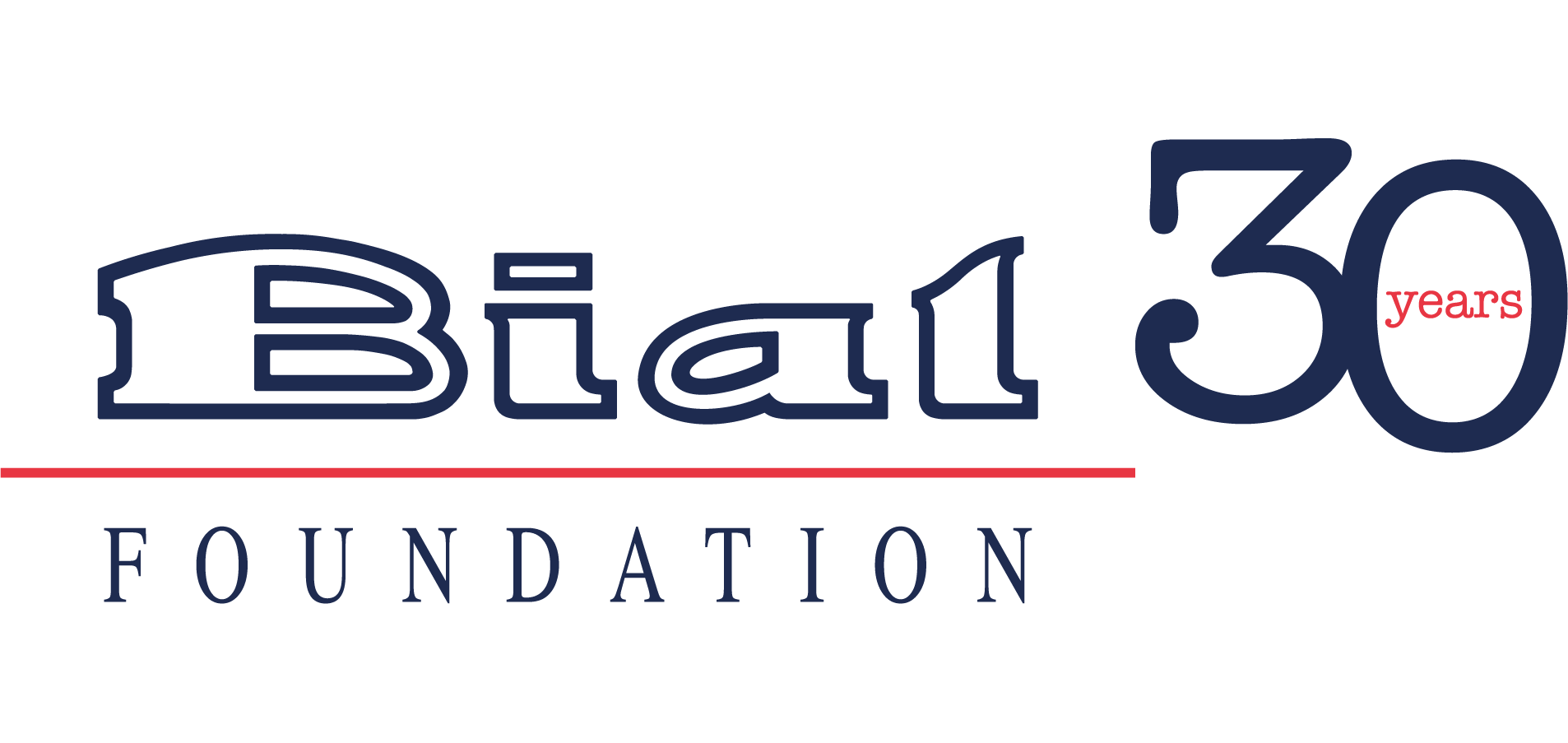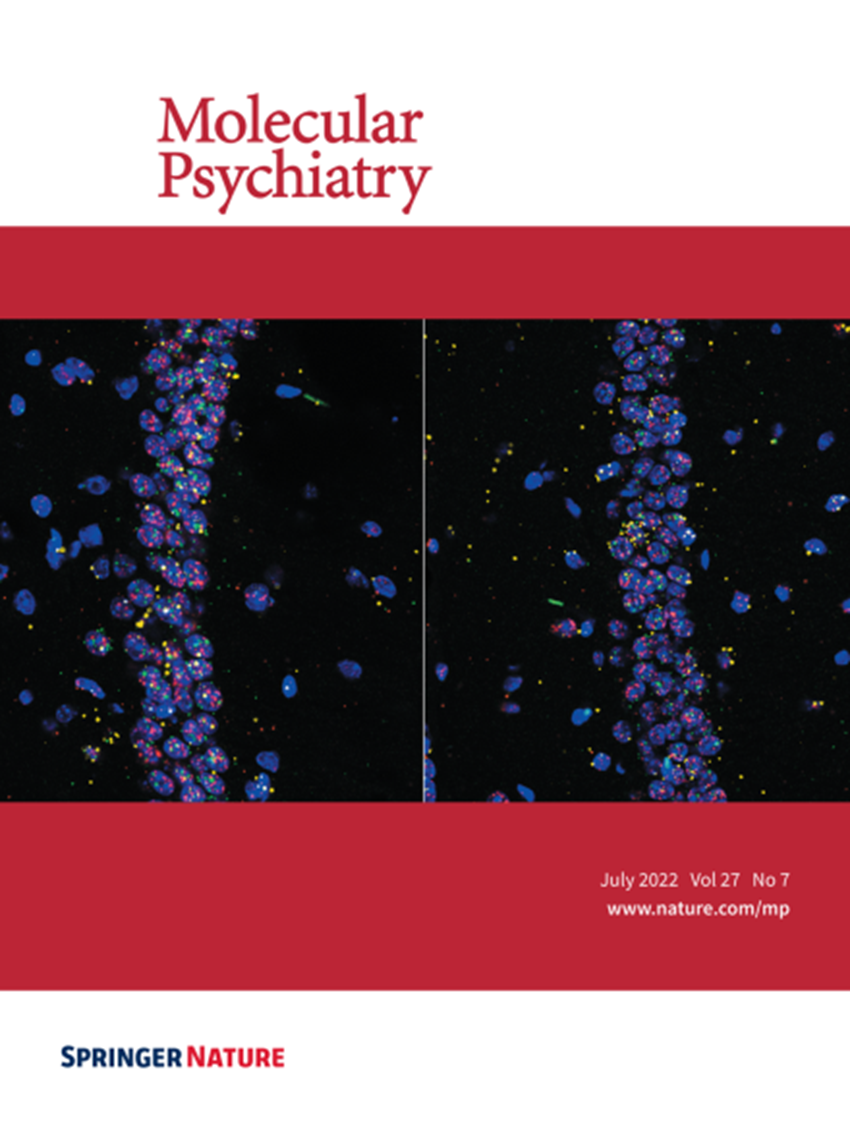Pedro Morgado, supported by the Bial Foundation in the scope of the project 206/16 – Developing a neurofunctional intervention for emotion regulation under stress demonstrated that higher levels of perceived stress are directly associated with an increase in connectivity between the amygdala and regions of the frontal cortex, which is driven by a reduction in the pattern of activity between the amygdala and the hippocampus that evolves in opposite directions compared to other brain areas. The paper “Perceived stress modulates the activity between the amygdala and the cortex” featuring these results was published in the journal Molecular Psychiatry.
Abstract
“The significant link between stress and psychiatric disorders has prompted research on stress’s impact on the brain. Interestingly, previous studies on healthy subjects have demonstrated an association between perceived stress and amygdala volume, although the mechanisms by which perceived stress can affect brain function remain unknown. To better understand what this association entails at a functional level, herein, we explore the association of perceived stress, measured by the PSS10 questionnaire, with disseminated functional connectivity between brain areas. Using resting-state fMRI from 252 healthy subjects spanning a broad age range, we performed both a seed-based amygdala connectivity analysis (static connectivity, with spatial resolution but no temporal definition) and a whole-brain data-driven approach to detect altered patterns of phase interactions between brain areas (dynamic connectivity with spatiotemporal information). Results show that increased perceived stress is directly associated with increased amygdala connectivity with frontal cortical regions, which is driven by a reduced occurrence of an activity pattern where the signals in the amygdala and the hippocampus evolve in opposite directions with respect to the rest of the brain. Overall, these results not only reinforce the pathological effect of in-phase synchronicity between subcortical and cortical brain areas but also demonstrate the protective effect of counterbalanced (i.e., phase-shifted) activity between brain subsystems, which are otherwise missed with correlation-based functional connectivity analysis.”



































































